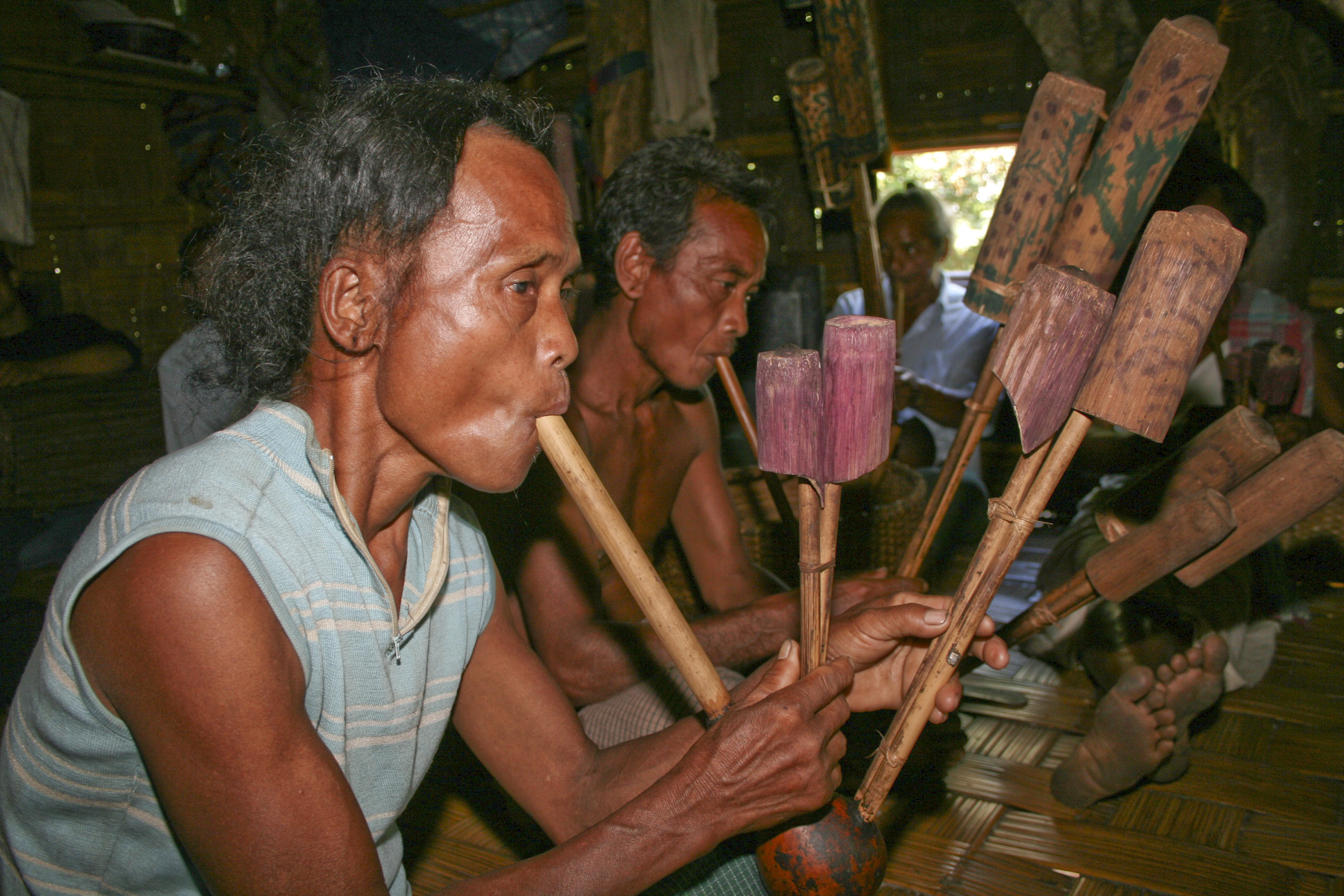
|
With 140 million inhabitants Bangladesh is one of the most populous and densely populated country in the world, but is culturally extremely diverse. Therefore, the collection of musical instruments and recorded musical performances for the Musical Instrument Museum in Phoenix, Arizona concentrated on three geographical areas (roughly related to communities):
Thus the general theme of the Bangladesh research is introducing people through their music and their musical instruments. For this work it had to be accepted that Bangladesh and West Bengal (now part of India constitute a single cultural region (based on common language, customs and traditions). From 1947 the eastern part of Bengal became part of Pakistan and after the liberation war in 1971 Bangladesh constituted itself as an independent nation. Musical instruments belonging to the Hindustani music tradition (north Indian art music) were only collected in West Bengal (India). This is justified because Kolkata is the former cultural capital of India and still regarded as an important centre of Bengali and Hindustani music. Also, after the partition of India , many eminent classical musicians (like Allauddin Khan, Vilayat Khan, Radhika Mohan Moitra) left East Bengal for Kolkata. In the cultural socialisation of Bangladesh the folk music culture (ie the more traditional and more modern genres alike) and the Bengali language have become important in expressing the identity of being ‘a Bangladeshi’, juxtaposed to being ‘a Bengali’, culture. Therefore Bangladeshi folk music sets them apart from the Kolkata (India) centred and Urdu/Punjabi speaking “West” Pakistan (who ruled Bangladesh until 1971). The geographical area, socio-religious setting, and languages form the context for a distinctive music and dance culture in each collecting area. Though non-Bengali communities constitute only of a small part of the population, they offer a wealth of music cultures. The main Bengali population are mostly Muslim or Hindu (around 10%); while the Adivasi and Jhuma peoples believe in ancestor or community religions, Buddhism, Hinduism and Christianity. Languages spoken in the research areas belong to four language groups, which are North-Indian (Bengali, Chakma), Tibeto-Burman (Mro, Bawm), Austro-Asiatic (Santal), and Dravidian (Oraon). Also, each of the groups live in a distinctive geographical area, that is Bengali in the river deltas, Santali and Oraon in the hotter plains, and Mro, Bawm and Chakma in the hills (Chittagong Hill Tracts). The Situation of Traditional Musicians and Instrument Makers in Bangladesh Though the situation for Bengali folk music is quite good, the general situation of traditional music in Bangladesh is dire: Folk music has been successively replaced by film (Bangladeshi and Bollywood) and international pop music. Rural Bengali instrument makers slowly abandon their crafts, as buyers replace their instruments with factory made modern instruments. Generally the music, dance, and instrument making of the Adivasi and Jhuma communities are neither regarded as an important cultural heritage of Bangladesh nor is their disappearing being considered ‘endangered’. Especially the Chittagong Hill Tracts must still be regarded as one of the few remaining treasure troves of traditional music and dance culture in this world. If no immediate steps will be taken, this intangible cultural heritage will disappear forever. |



